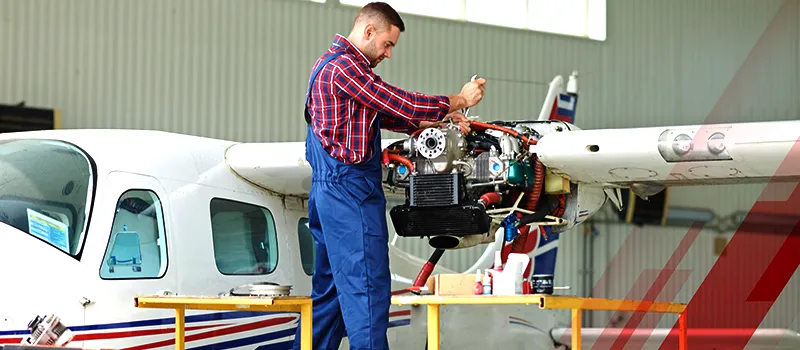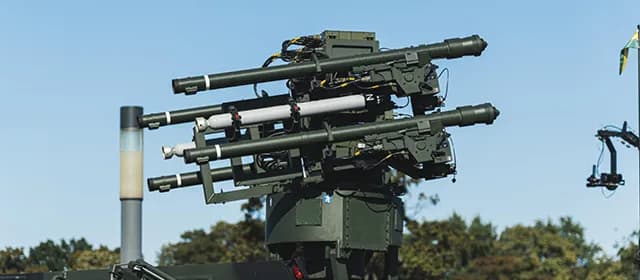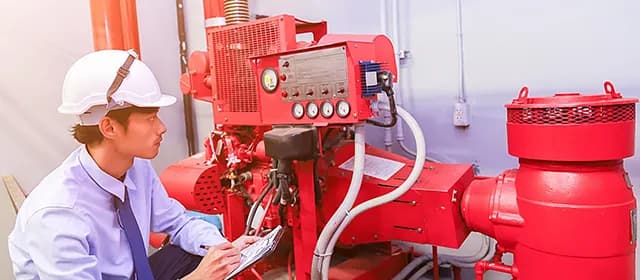You might have seen an aircraft soaring into the skies with grace and precision. Have you ever wondered what makes such incredible feats of engineering possible? The answer lies in the captivating world of aerospace materials. These remarkable components are carefully selected and meticulously engineered to craft a precise modern flight.
So fasten your seatbelts to soar to new heights and explore the limitless possibilities of flight.
What are Aerospace Materials?
Aerospace materials refer to structural materials specifically used in aerospace applications, including aircraft, helicopters, and spacecraft for flight operations. These materials are crucial for safety-critical components like wings, fuselage, and landing gear. They also play a role in jet engine components, such as turbine blades, which contribute to aircraft safety and performance.
Choosing the ideal materials for aerospace applications is extremely important, as it has a significant impact on various aspects of aircraft performance. For instance, structural efficiency, flight characteristics, payload capacity, and fuel efficiency entirely depend on these materials.
Material Engineering for Aerospace Material
Materials engineering is a primary discipline within aerospace engineering, and international standard organizations oversee the implementation of materials and processes in this field.
Materials science and technology, together, play a crucial role in aerospace engineering, particularly when it comes to airframe structures and jet engine components. From the early stages of design to the manufacturing and certification processes, as well as during flight operations, maintenance, and disposal, these materials significantly impact the entire lifespan of an aircraft.
Hence, the selection and utilization of materials are essential for the effective development, building, certification, operation, and maintenance of aircraft. An in-depth report by Kings Research projects that the global aerospace materials market is likely to reach $72.68 billion by 2030. This number is indicative of the industry’s strong growth in the upcoming years.
Primary Types of Aerospace Materials
Below are the primary types of aircraft materials that are often used in the manufacturing of aircraft.
- Aluminum
Aluminum is the primary material used in aircraft structures, accounting for 70–80% of the structural weight of most airliners and over 50% in the case of military aircraft. Its magnifying features, such as low cost, ease of fabrication, lightweight, rigidity, strength, and rupture toughness, make it a popular choice. Nevertheless, aluminum alloys encounter challenges such as corrosion and fatigue, prompting the need for their combination with other alloys to mitigate these issues.
- Titanium
Titanium alloys are often used in airframe systems and jet engine components due to their mild weight, high structural properties, excellent corrosion resistance, and high-temperature retention. The most common alloy is Ti-6Al-4V, used in heavily loaded structures like landing gear and wing-fuselage connections.
Titanium is more expensive and heavier than aluminum, but it is more commonly used in fighter aircraft due to its need for higher-strength materials. Modern jet engines are often made using titanium alloys to operate at high temperatures.
- Magnesium
Magnesium is a lightweight metal that has been extensively used in aircraft systems since the 1940s and 1950s to reduce overall weight. Today, magnesium alloys are mainly used in non-gas turbine engine parts, such as gearboxes and helicopter transmission housings.
A study by the International Magnesium Association states that magnesium is an ideal material in the aerospace industry for reducing weight, increasing fuel efficiency, and reducing operational costs.
SAE has recently updated its Aircraft Seat Design Standard AS8049C, now permitting the utilization of magnesium alloys in passenger aircraft seat frames. This revision enhances the applicability of magnesium alloys in various aerospace applications, including spacecraft, missiles, and optical imaging devices.
- Steel
Steel is one of the most popular aerospace materials employed in structural engineering. Since it has high strength, high elastic modulus, fatigue resistance, and fracture toughness, it is often used in aircraft. It is preferred for safety-critical components like landing gear and wing boxes. However, it is used scarcely due to its high density and susceptibility to corrosion and embrittlement
- Superalloys
Superalloys consist of nickel, iron-nickel, and cobalt alloys. These are used in jet engines since they have heat-resistant properties, corrosion resistance, and the ability to withstand high temperatures. The nickel-based material, with high concentrations of chromium, iron, titanium, and cobalt, is ideal for high-pressure turbine blades, discs, combustion chambers, afterburners, and thrust reversers.
- Fiber–Polymer Composites
Composites are lightweight materials made of continuous carbon fibers in a polymer matrix. They are commonly used in aircraft and helicopter airframes, wings, fuselage, empennage, and control surfaces. They are more expensive and susceptible to impact damage. Other composites include glass fibers, glass fibers, and aramid fibers for high impact resistance.
- Fiber–Metal Laminates
Fiber-metal laminates (FML) are lightweight structural materials made from thin metal sheets and fiber-polymer composites. They are lighter, stronger, and more fatigue-resistant than monolithic metal. GLARE®, a common FML, is used in the Airbus 380 fuselage and C17 Globemaster III cargo doors.
Concluding Thoughts
Aerospace materials are the unsung heroes of modern aviation because they unlock the mysteries of flight, allowing us to explore the vastness of space. From sturdy metal alloys to advanced composites, these materials enable us to push the boundaries of the realm of flight. Their exceptional strength, heat resistance, and reliability ensure the safety and efficiency of aircraft and spacecraft.
As technology continues to advance, so likewise does the development of aerospace metals, which is paving the way for faster, lighter, and more sustainable flight. Aerospace materials are a testament to human ingenuity and our relentless pursuit of exploration. With each breakthrough in these revolutionary materials, we continue to push the limits of flight, reaching for the stars and beyond.




